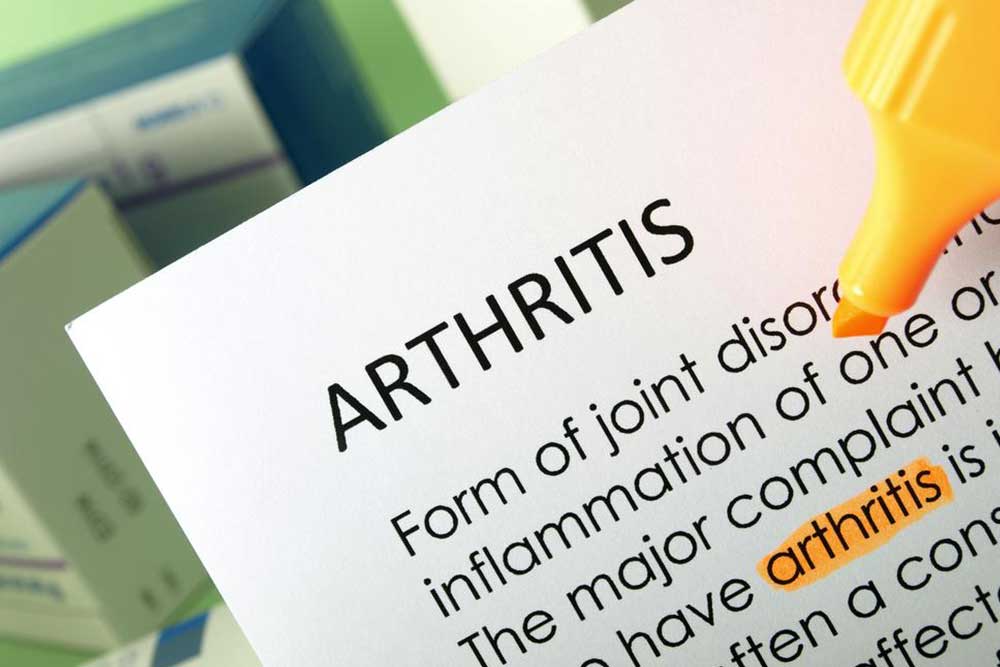Effective Strategies for Easing Arthritis Discomfort
Discover effective natural methods and lifestyle tips to manage and relieve arthritis pain. Learn about pain mechanisms, activities to avoid, and treatment options for a better quality of life with arthritis.

Effective Strategies for Easing Arthritis Discomfort
Arthritis involves inflammation of the joints, which are the points where two bones meet. Common affected areas include the knees, elbows, and shoulders. The condition can cause varying degrees of pain and stiffness, making daily activities like walking or climbing stairs challenging. Finding relief from arthritis pain is essential to improve quality of life.
Types of pain mechanisms involved in arthritis
Pain originates from two main sources: nociceptive and neuropathic pain.
Nociceptive pain results from actual tissue damage or inflammation.
Nociceptors are sensory receptors that alert the brain when there's potential danger, prompting a response.
Neuropathic pain stems from nerve injury, causing persistent pain signals even after the initial cause has been addressed.
This type of pain can produce unusual sensations like tingling or electric shocks.
Neuropathic discomfort is often resistant to typical pain medications, making it more challenging to treat.
Natural ways to alleviate arthritis pain
Reducing weight decreases joint burden, improving movement and lessening pain and future joint damage.
Maintaining regular, gentle exercise preserves joint flexibility. High-impact activities such as running or jumping should be avoided.
Applying warm compresses or hot packs can soothe stiff joints during rest.
Cold therapy helps reduce swelling and inflammation effectively.
Acupuncture has shown promise in decreasing joint inflammation and associated discomfort.
Practicing yoga and relaxation techniques can reduce stress-related pain.
Omega-3 rich fish oils may help decrease stiffness and joint pain.
Turmeric contains curcumin, known for its anti-inflammatory effects that can lessen pain.
Gentle massage of affected joints can provide symptomatic relief.
Activities to avoid when managing arthritis pain
Avoid high-impact, repetitive exercises like running, tennis, or jumping.
Overusing pain medications can worsen discomfort; use them judiciously.
Ignore severe or persistent joint pain can lead to further damage.
Address emotional health—unmanaged pain may increase depression risk.
Smoking can negatively impact joint health by damaging connective tissues.
Negative thinking perpetuates pain perception and can hinder mobility.
Preventive measures for arthritis discomfort
Monitor joint health regularly, especially with aging.
Stay active, avoid excessive sugar intake, and steer clear of smoking to lower risk.
Engage in hand exercises to maintain joint function and prevent stiffness.
Early treatment can slow progression and reduce long-term pain.
Available treatment options for joint pain relief
Consult healthcare providers for personalized management plans. Many options are safe and effective.
Over-the-counter remedies can provide temporary relief from activity-related discomfort.
Topical creams with ingredients like capsaicin may help soothe affected joints.
Engaging in enjoyable physical activities, surrounding yourself with support, and consulting a doctor are key steps toward managing arthritis discomfort.










